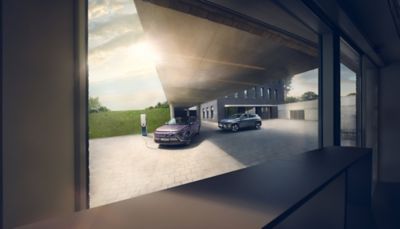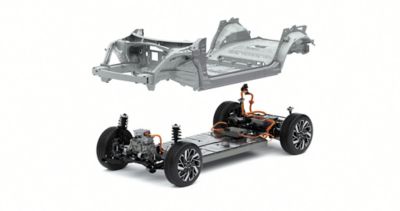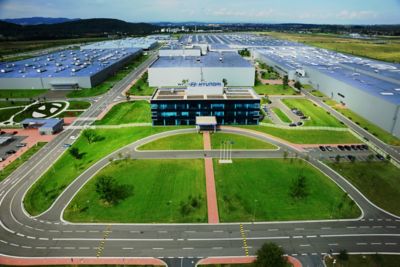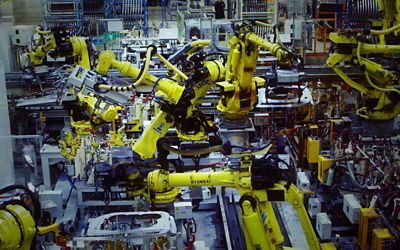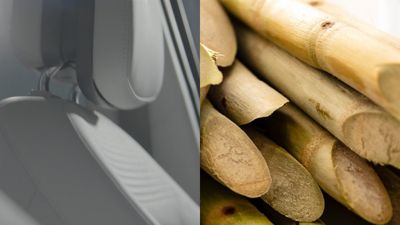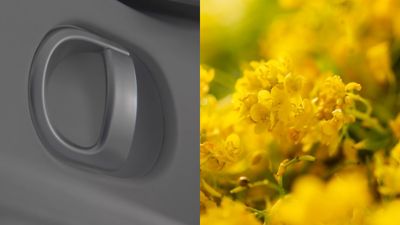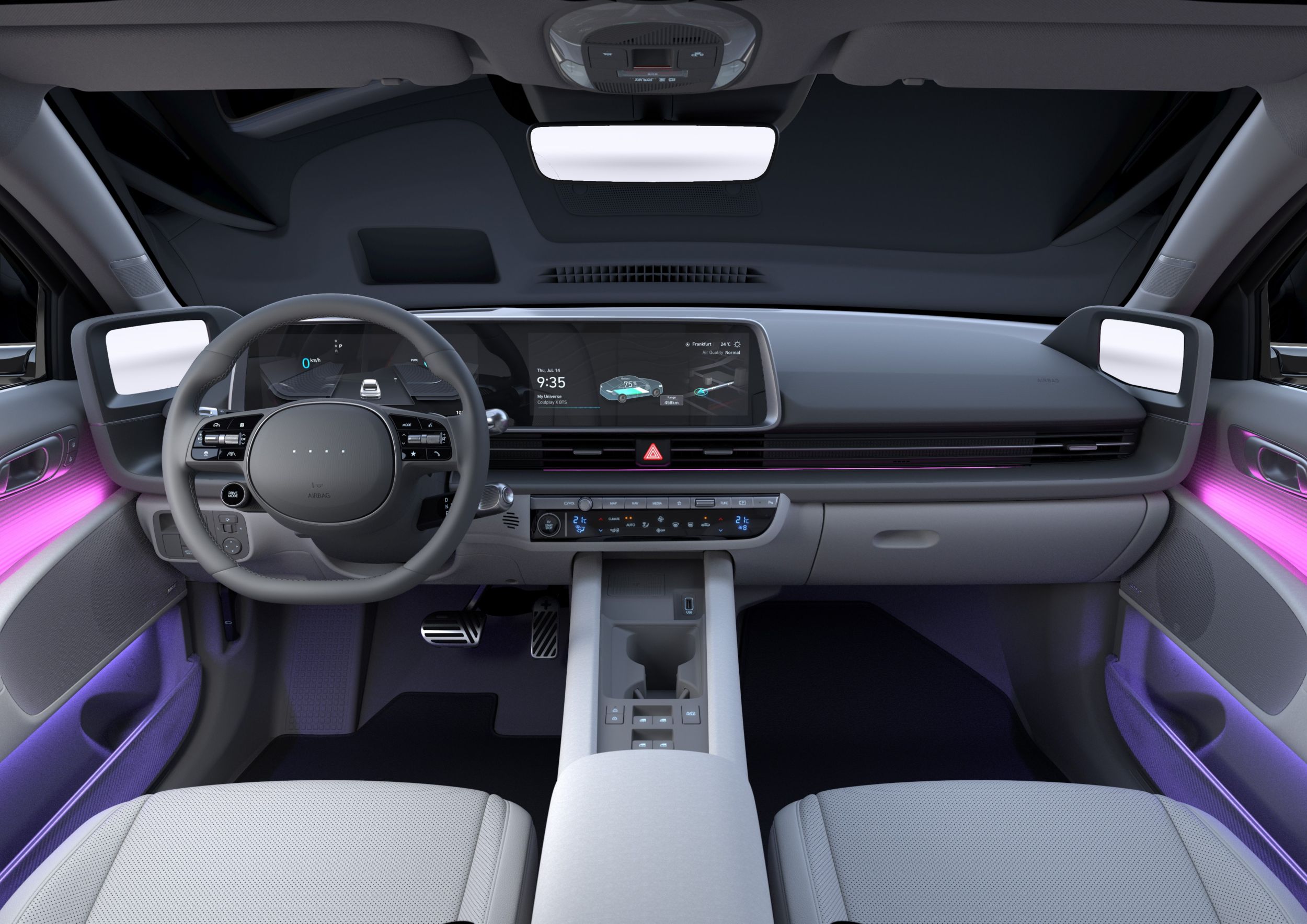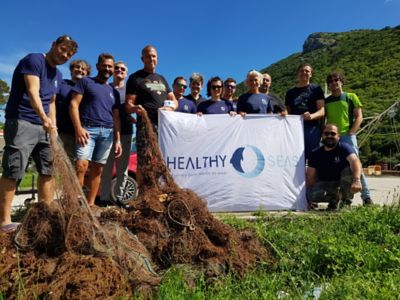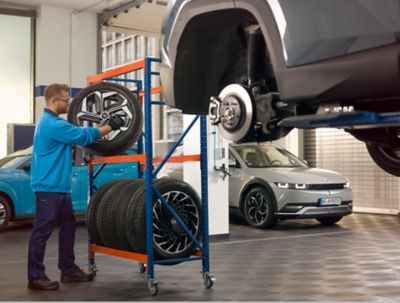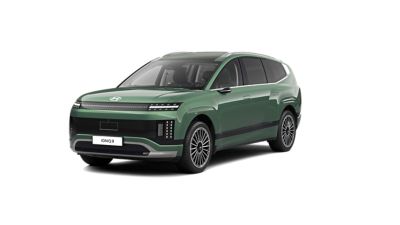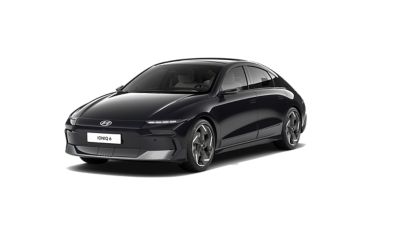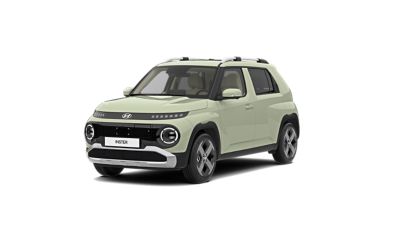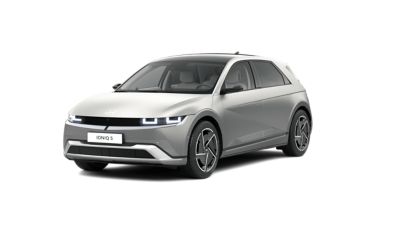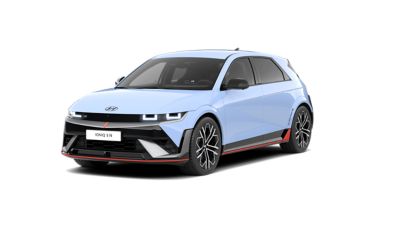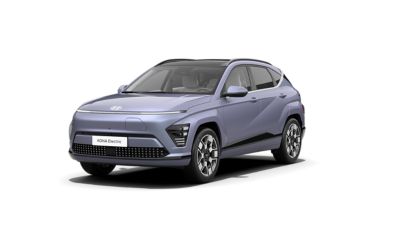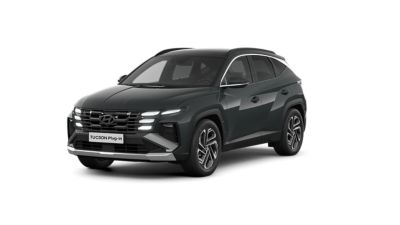What is the impact of electric vehicles?
Modern electric cars produce significantly fewer planet-warming tailpipe-emissions than most cars with internal combustion engines. EVs are greener over time, too, despite the more emissions-intensive battery manufacturing process. Various aspects of the eco-balance sheet are addressed below.
Greener than you might have thought.
Life-cycle greenhouse gas emissions (g CO2/km)
The International Council on Clean Transportation (ICCT) is an independent nonprofit organisation founded to provide first-rate, unbiased research and technical and scientific analysis to environmental regulators.
Their study, which is referenced above, looked at the overall product lifecycle greenhouse emissions of different types of powertrains. When you look at the results portrayed in the bar graph here, you can see that an electric vehicle can have a smaller overall carbon footprint than traditional petrol and diesel cars – in spite of the fact that its energy intense battery emits more CO2 in the manufacturing phase than an internal combustion engine.
Depending on the national power mix, the CO2 emissions for the production of the fuel (petrol or electric energy) vary across European countries, e.g. Norway produces a lot of energy from hydropower and therefore emits almost no CO2 when generating energy for electric vehicles. On the other hand, countries like Germany or the Netherlands have a more CO2 emitting power mix. But once the electric energy is produced it does not emit additional tailpipe emissions as internal combustion engines do.
So, the more renewable energy is used to produce and charge electric vehicles and the more batteries are recycled, driving an electric vehicle becomes even more eco-friendly.
Manufacturing
Manufacturing & Recycling.
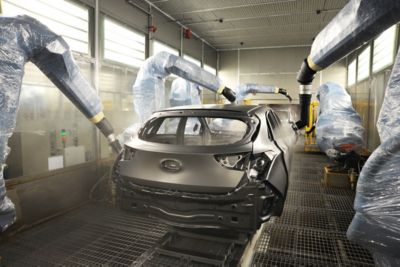
The carbon impacts of producing the actual car are pretty even when comparing electric with traditional cars.
However, producing the powerful batteries that take you as far as you want to go is a very energy-consuming process, starting with the mining of raw materials such as nickel, copper, cobalt, graphite and rare earth elements like neodymium and lithium.
Overall, the energy to build a car is far less than the energy used to run it over its life. This means by the time an electric vehicle is just a few years old, it has offset its manufacturing deficit.
Materials
Calling you to create a more sustainable world.
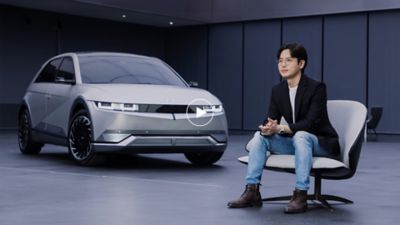

Using recycled PET bottles can inspire people to think about how products that are easily thrown away could be turned into something new. Of course, it would be better if PET bottles didn’t exist at all.
Real-world examples of our sustainability efforts.
Discover more about our electric vehicles.
Discover our electrified vehicles.
*Range shown is according to WLTP combined cycle. Driving range may vary slightly depending on road conditions, your driving style and the temperature. It is also is dependent on the type of tyres equipped. Technical data not final.
** Charging time is based on charging with on 32A wallbox and 3.3 kW OBC. Charging times may vary depending on available charging conditions, including charger type and condition, battery temperature and ambient temperature at point of use.
*** This model is not yet available for sale. Official technical data and range of this model are pending final homologation.
